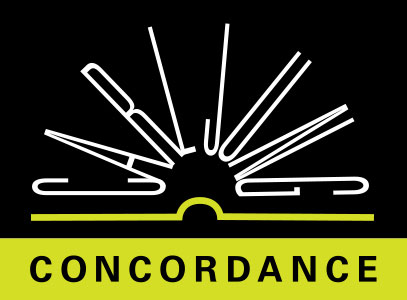The dual mother may be replaced by the motif of dual birth, which has attained a lofty significance in various religions:
In Christianity, for example, baptism represents a rebirth, as we have already seen. Man is not merely born in the commonplace sense, but is born again in a mysterious manner, and so partakes of divinity. Anyone who is reborn in this way becomes a hero, a semi-divine being
CW5 ¶ 494Thus Christ's redemptive death on the cross was understood as a “baptism,” that is to say, as rebirth through the second mother, symbolized by the tree of death (cf. fig. 258.36) and (fig. 258.37) . Christ himself said ( Luke 12 : 50 ): “But I have a baptism to be baptized with; and how I straitened till it be accomplished!” He therefore interprets his own death-agony symbolically as the pangs of rebirth
CW5 ¶ 49447 CW5 Ser: 3 Par 494 (b) FigNo 258.36
48 CW5 Ser: 3.1 Par 494 (b) FigNo 258.37
The dual-mother motif suggests the idea of a dual birth. One of the mothers is the real human mother, the other is the symbolic mother; in other words, she is distinguished as being divine, supernatural, or in some way extraordinary
CW5 ¶ 495She can also be represented theriomorphically. In certain cases she has more human proportions, and here we are dealing with projections of archetypal ideas upon persons in the immediate environment, which generally brings about complications
CW5 ¶ 495For instance the rebirth symbol is liable to be projected upon the stepmother or mother-in-law (unconsciously, of course), just as, for her part, the mother-in-law often finds it difficult not to make her son-in-law her son-lover in the old mythological manner
CW5 ¶ 495There are innumerable variations on this motif, especially when we add individual elements to the collective mythological ones
CW5 ¶ 495He who stems from two mothers is the hero: the first birth makes him a mortal man, the second as immortal half-god
CW5 ¶ 496